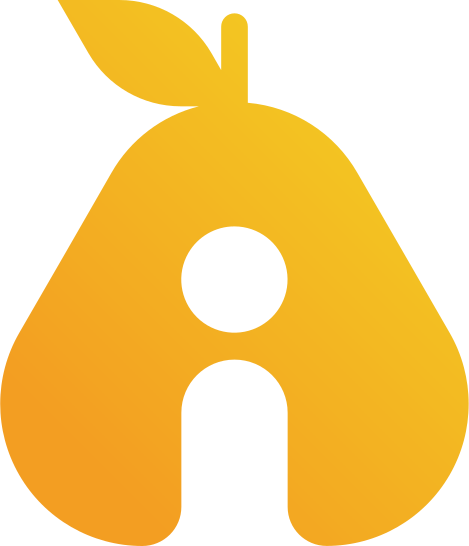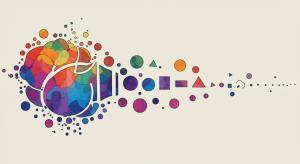It’s still the early innings of AI. So if you’ve read a headline that says you’re already behind on adopting it, ignore it. If you’ve been bombarded by “AI will teach your kids!” clickbait, you can ignore that too.
At AiPair, we’re not chasing hype. We’re focused on the job-to-be-done. But before we get into how AI can help you, it’s important to talk about where it shouldn’t.
Because even the best tech companies in the world – even Apple, haven’t quite nailed what “AI for the rest of us” should really look like. And that’s okay. But there are a few core limitations that every parent should understand before turning to AI for help.
4 Things AI Still Struggles With (and Why It Matters)
1. “I Don’t Know” Isn’t in Its Vocabulary
You know who’s great at saying “I don’t know”?
Your toddler.
You know who isn’t? AI.
When AI doesn’t know something, it doesn’t usually admit it, instead, it makes something up. These confident-but-wrong answers are called “hallucinations.” That might be entertaining in casual use, but if you’re relying on AI to draft an email to your child’s school or answer a serious question, errors matter. A lot.
Example of what not to do:
Asking AI to diagnose a rash based on a photo and taking its advice at face value.
2. Repeatability (or Lack Thereof)
Sometimes, all you want is consistency. Like a calculator: 2 + 2 = 4, every time.
AI doesn’t always work that way. Even with the same ask, or “prompt,” you might get slightly different results. That’s because AI models are designed to be creative, not always precise. It’s great for writing a birthday poem. Not great for generating exact medication schedules or school forms that require accuracy every time.
Use AI for: drafting an outline for your kid’s science fair speech.
Avoid AI for: creating your child’s allergy medication tracker.
3. The Human Problem
We’ve all been trapped in an automated phone menu hell: “Press 1 for billing. Press 2 for confusion. Press 3 to scream into the void.”
When AI doesn’t understand your context, or when it loops you in circles, it adds friction instead of removing it. At AiPair, we believe AI should assist, not replace, the human connection in parenting.
AI can’t replace your judgment, your intuition, or your values. But it can help you with a recipe for dinner while you focus on those things.
4. Bias in, Bias out
AI models are trained on massive datasets pulled (or scraped, or “stolen”) from the internet, like forums, books, articles, and social media. That means they learn the good stuff… and the problematic stuff, too.
Cultural bias, gender stereotypes, racial assumptions – these are all embedded in the data, and sometimes they surface in the responses. That’s why you should never blindly trust AI outputs, especially when they deal with sensitive topics.
We trust you to trust, but verify. And so should AI.
So, What Should Parents Not Use AI For?
Let’s be clear: AI is not your co-parent.
It’s not a doctor.
It’s not a therapist.
And it’s definitely not a legal expert.
Here’s a shortlist of off-limits or high-caution zones:
Medical Decisions
- Don’t use AI to determine medication dosages, symptom diagnoses, or treatment plans.
- When it comes to your child’s health, consult a real human – your pediatrician or general doctor!
Legal or Compliance Issues
- School forms, custody arrangements, medical consent. These need to be accurate and compliant.
- AI may draft a helpful starting point, but a human needs to finish the job.
Mental Health or Crisis Support
- AI can offer general advice, but it cannot recognize nuance, risk, or emotional complexity like a trained mental health professional.
- If you or your child is struggling, reach out to someone qualified.
Manipulative or Deceptive Use
- Don’t use AI to impersonate, deceive, or manipulate content, especially around your child’s identity, schoolwork, or communication.
Parent-First AI Means Guardrails Are a Feature
At AiPair, we’re designing with boundaries in mind. Why? Because responsible AI starts with understanding where not to use it.
We’re building tools that help you lighten your mental load, save time, and stay present—not tools that pretend to be more than they are.
How We Think About Safe, Practical Use Cases:
-Helping you draft snack sign-up emails
-Reminding you about picture day
-Suggesting personalized bedtime stories
-Organizing the weekly grocery list
-Prepping questions for a parent-teacher conference
Not replacing your instincts
Not recommending anything that puts your child’s safety at risk
Not making final decisions on your behalf
The Bottom Line
AI is a tool. You are the parent. We believe that with the right safeguards, structure, and purpose, AI can be a powerful ally, but it should always be in service of your values, your judgment, and your love for your child.
So no, you’re not behind. You’re early, and you’re paying attention. Let’s go.




